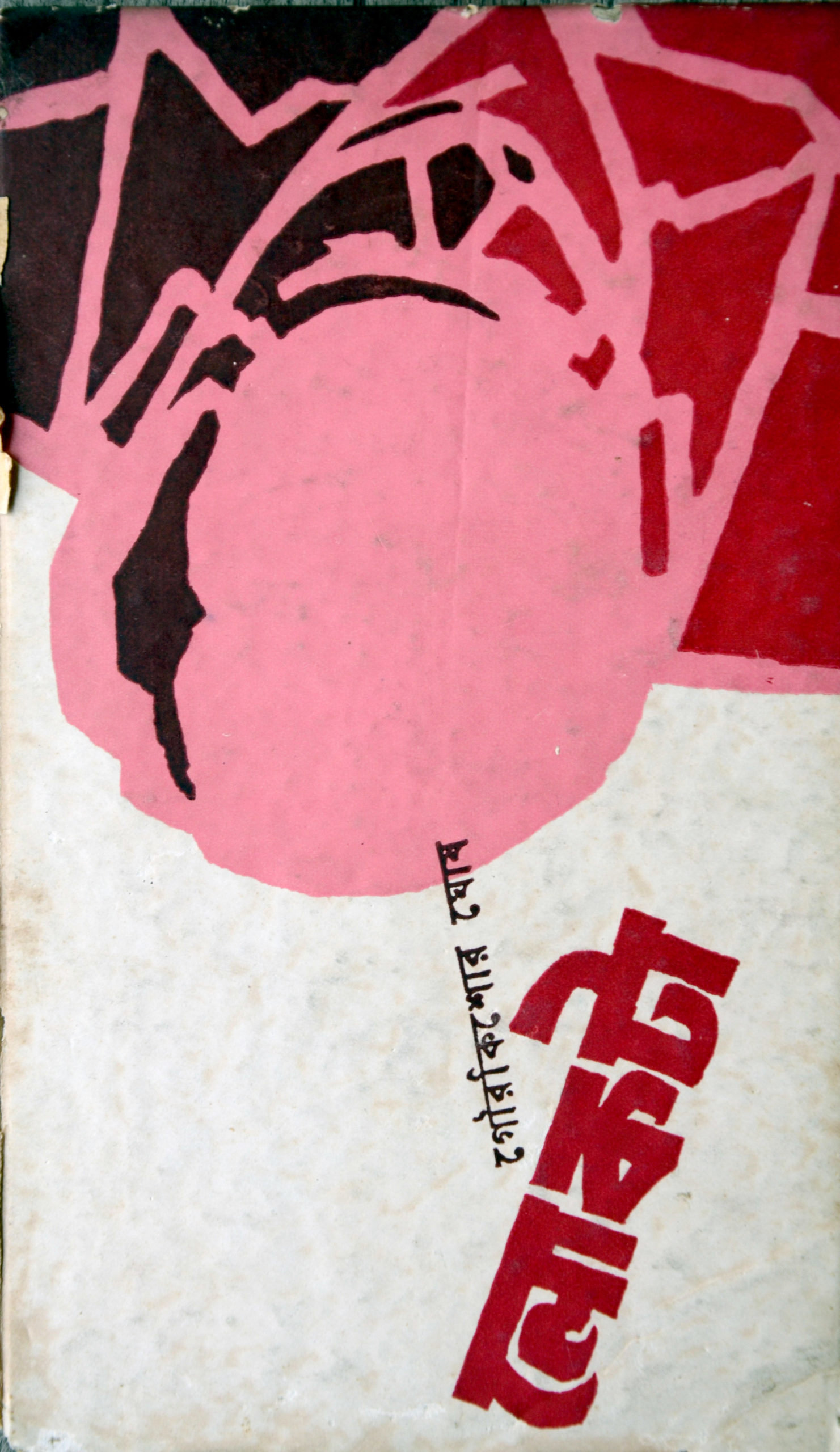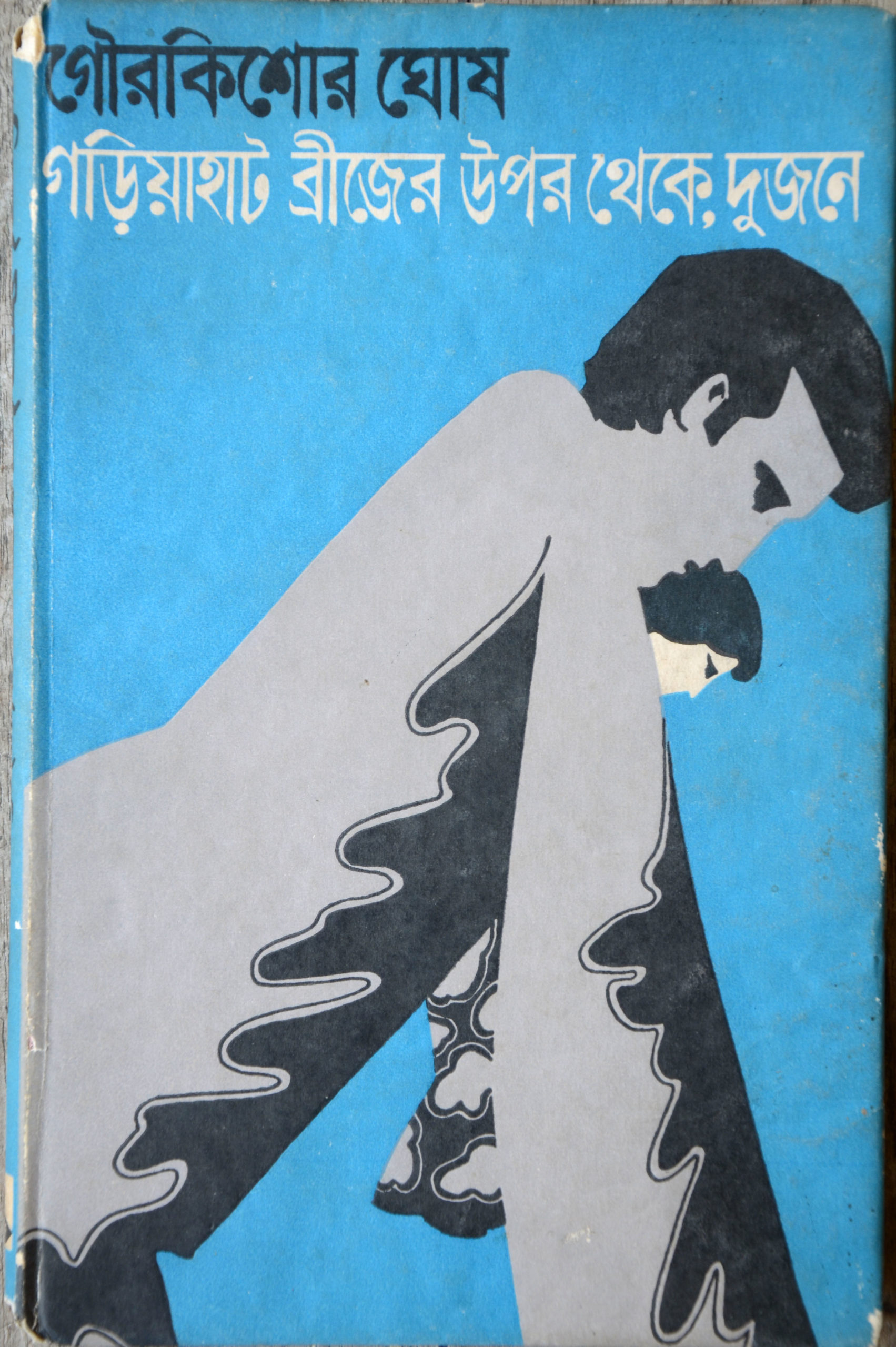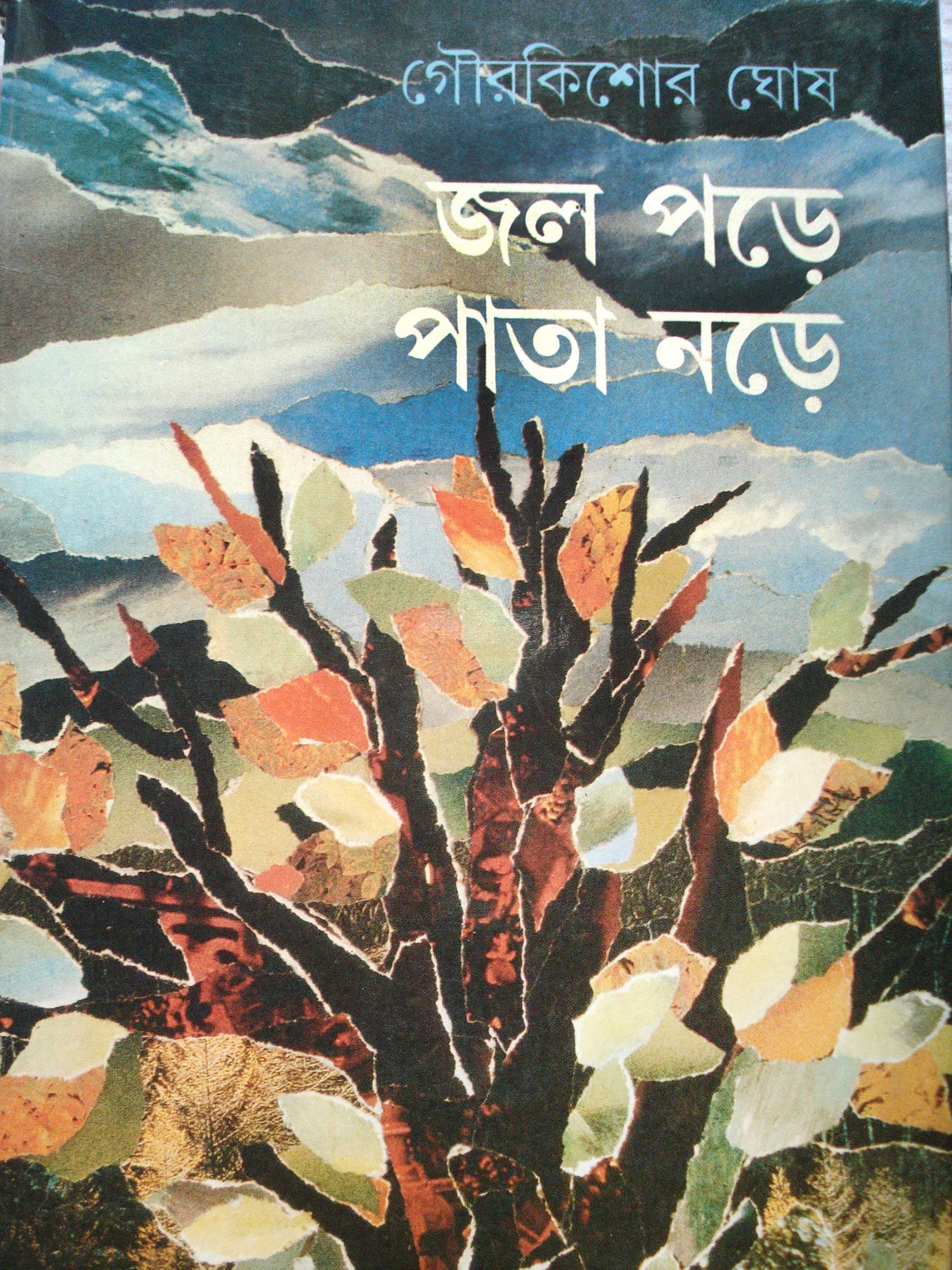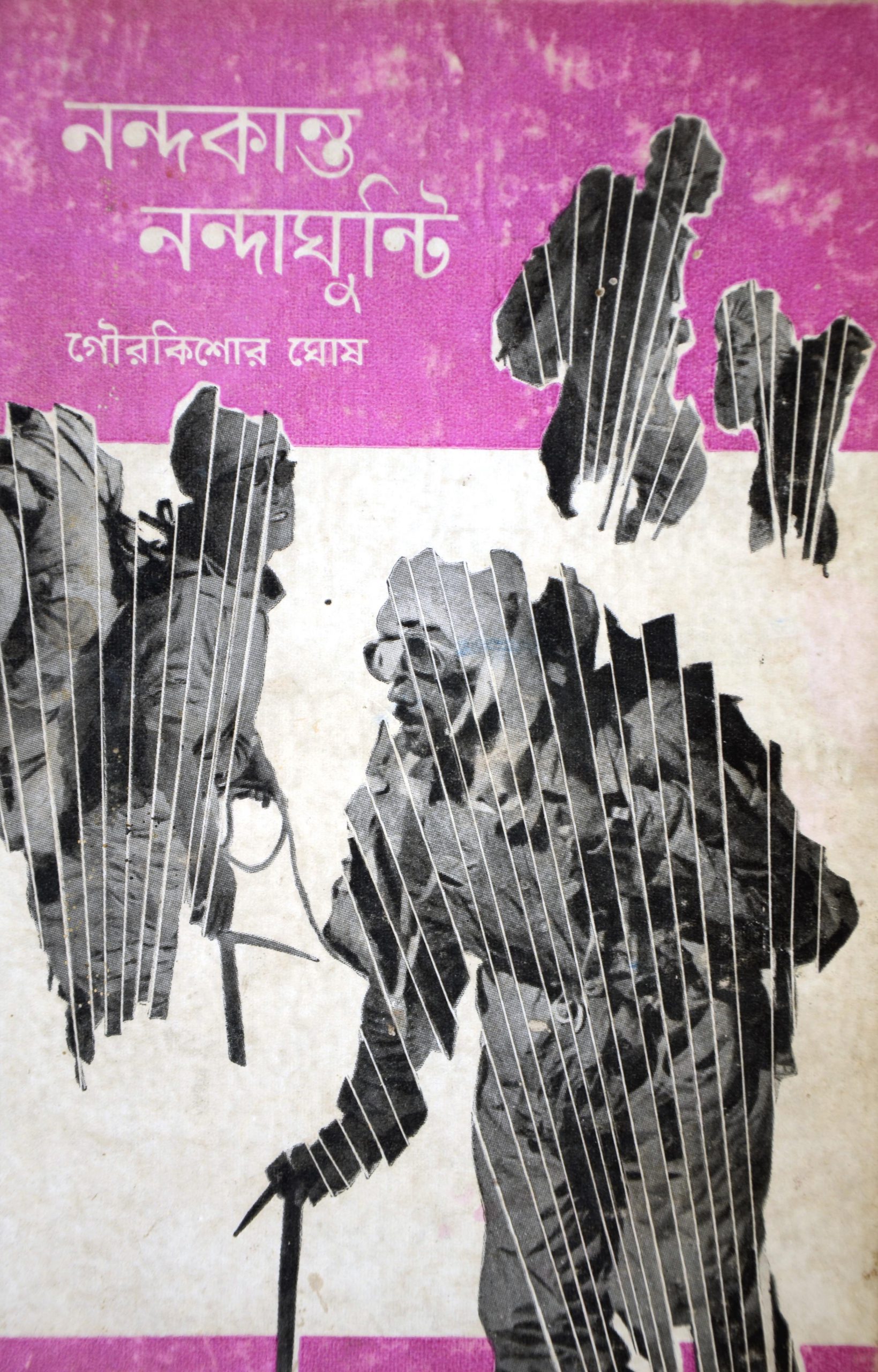
Golok is an artist suffering from tuberculosis. He becomes involved with three women: one of his students (Jharna), a fellow tuberculosis patient (Manorama), and his cleaning woman (Charulata). As each relationship sparks and develops, it becomes inexorably fused with Golok’s experience of his disease.

The story of a young rail union worker-turned journalist. Through the lens of his perceptions, a bigger story is told. A story of society, civilization, family, and the myriad ties of affection and disaffection that bind those engaged in the business of life. Hamza, Rangachari, Sushila, Rangeen and his wife, Avani, and Kathak are journalists living through strange times and strange circumstances. They are spinning in place, dancing around their own blindness. Great forces — love, danger, social custom, politics — are at work, some observed, some intuited, all of them plotting their next trick to play on the world.

During the decade of the 1960s, a darkness had descended on West Bengal and Kolkata. In the midst of widespread political turmoil and anarchy, the ordinary, educated, middle class had become fearful and craven. Against this backdrop, the titular protagonist, at once a non-entity and an everyman, dares to confront life with a burning question: what is the point of it all? Just existing in order to carry the burden of a million disgraces for one more day? Mere survival at any cost? Is it worth the trouble? The answer doesn’t come easily to him. A victim of many misfortunes, he stands at the edge of death and reckons with his little life, determined, if not to find some real value in it, then, at least, to make a true assessment of its insignificance.

Bengalis have a propensity for mulling over a wide variety of things. But acting on their musings is another matter. Educated bourgeois folk sometimes harbor a stray desire to break out of their conventional ways. Every now and then, their innate will to protest raises its beleaguered voice. Well-schooled in revolutionary thought, they feel the occasionally itch to try out some theory for real. But such urges stay safely locked, deep inside the heart and the intellect, where they belong. Respectable middle class men and women, heads of families and pillars of society, prop each other up by stifling each other’s unseemly inner stirrings. Their secret longings for change get suppressed, diluted… and finally lost. Forever. They surrender the last vestiges of free agency to meaningless, inchoate fears. This is their story.

Kamala never even wanted to marry Vikash. She loved Anindya. Her father had arranged the match with Vikash, and she just went along. On her wedding day, there was a police raid. They took Vikash away. A political arrest. Many years later, a crippled Vikash returns “home” to Kamala. How will she receive him?

Part 1. Jal Pare, Pata Nare (“Rain Tapping, Leaves Flapping”)
Set in rural Bengal a generation before Independence, this first novel of the trilogy is nominally centered on the lives of an ordinary Hindu family. But its true subject is the troubled relationship between Hindus and Muslims. Contrary to common political rhetoric, the reality of inter-communal relations in society’s lower echelons during this period was not altogether harmonious. Chittaranjan Das was the only leader of stature working to create a true atmosphere of fellowship. After some early glimmers of success, even that effort ground to a halt when Das died in 1925.
Jal Pare, Pata Nare gives an honest account of the complicated and fraught relationship between two communities, and ends with the death of Chittaranjan Das, leaving that relationship to face an uncertain future. It covers the period between 1922 – 1925.

Part 2. Prem Nei (“No Love”)
A predominantly Muslim village in pre-Independence Bengal. Fatik is a very bright young boy from a poor family. Through sheer intelligence and hard work, he raises himself out of his circumstances to make a name for himself: Shafiq Ul Molla, barrister.
In this, the second part of the trilogy, Hindu-Muslim relations are shown through Fatik’s unique perspective, spanning the experience of his rural, communally segregated, lower class upbringing, as well as that of the relatively elite and superficially multi-cultural, professional class to which he rises. It’s a full and nuanced reflection on the various ways in which ordinary middle class /lower class Muslims engaged with ordinary middle class/ lower class Hindus, from identity politics to competition for government jobs.
A timeless portrait of the vintage Bengali Muslim life, drawn on an expansively imagined canvas. The story covers the years 1935 – 1937.

Part 3. Pratibeshi (“Neighbor”)
The final installment of the trilogy deals with interpersonal relationships, using it as a prism through which the broader, collective relationship between Hindu and Muslim can be perceived and understood. At a time when people are becoming increasingly isolated from each other, from nature, even from themselves, this novel confronts that devastating isolation by talking about engagement. About love. Through the protagonists’ lives and struggles the author brings to life one of the key themes of the contemporary historical experience of all Bengalis: that of the Hindu-Muslim relationship.

Anil dies, leaving his wife, Karabi, and their 2-year-old daughter, Ruby, in Sheetal’s care. In the 18 years that follow, the emotional dynamics among the three of them grows vast and complex. Their delicate equilibrium is shaken when a new woman, Shamita, comes into Sheetal’s life and Ruby, now an adult, moves out of the house. Suddenly unfettered from their mutual bond with Ruby and challenged with the introduction of Shamita into the equation, the true nature of Karabi and Sheetal’s relationship is revealed.
Gour Kishore Ghosh began writing fiction in the 1940s. The great events of that era, war, famine, communal rioting, the traumatic experience of the National Partition – have supplied him with rich sources of narrative subject matter, along with certain compelling historical characters and the author’s own inexhaustible capacity for inquiry. The first period of his storytelling oeuvre (the 1940s through the 1970s is characterized by an acute sense of the socio- political zeitgeist, wit, humor, and unflinching candor. The stories of second period are quieter, more introspective, less eventful, sparsely drawn with just a few broad strokes and yet elegantly complete.

Bharati Grantha Bhawan, Kolkata, 1952 (10 stories)

Ananda Publishers, Kolkata, 1968 (6 Stories)

Ananda Publishers, Kolkata, 1970 (2 Stories)
Triveni Prakashan, Kolkata, 1959 (9 Stories)
Dey’s Publishing , Kolkata, 1971 (7 Stories)

Ramayani Prakash Bhawan, Kolkata, 1959. A groundbreaking documentary account of the scaling of Mount Annapurna in the Himalayas. The first of its kind in Bengali nonfiction writing.

Ananda Publishers, Kolkata, 1962. The story of a group of young Bengali mountain climbers and their journey to the top of Mount Nanda Ghunti. The author joined in the expedition as a journalist.
Gour Kishore Ghosh wrote a number of satirical columns and other short satire pieces under the non de plume “Rupadarshi” (playing on the double meaning of the Bengali word “rup” which means “beauty” as well as “image” or “guise”– thus, the name translates to “Seer of beauty” and “He who seer through disguises)
Brajodar Gulpo-Samagro (“The Tales of Brother Brajo”) – Ananda Publishers, Kolkata
Galposamogro (Collection of Stories) - Ananda Publishers, Kolkata